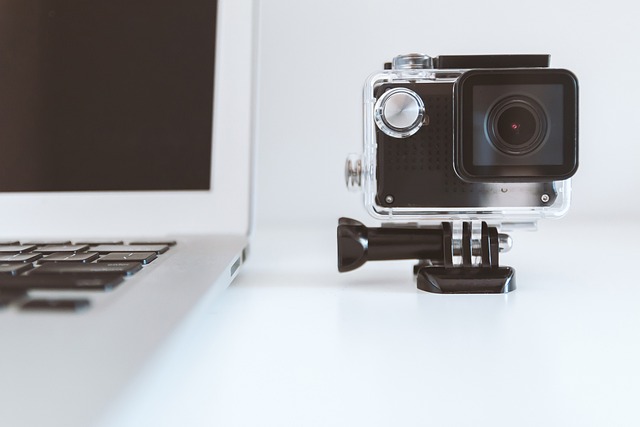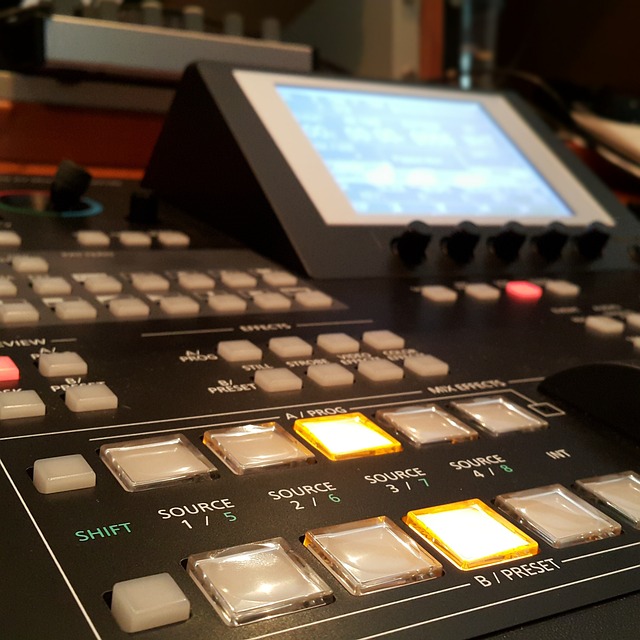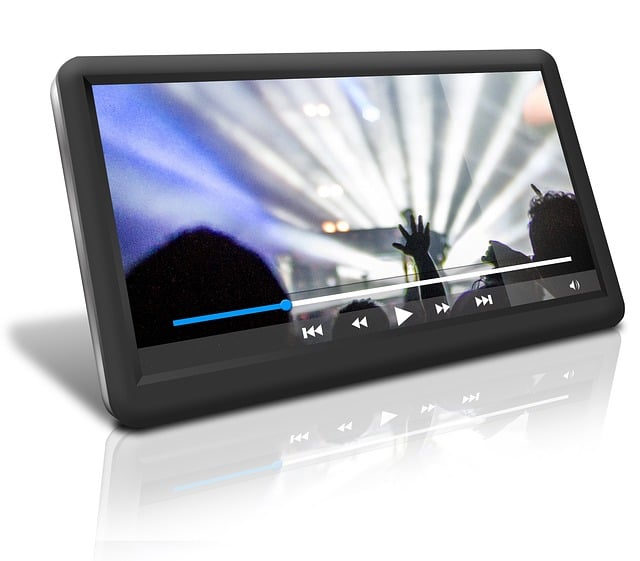DivX is a powerful video codec known for its ability to compress videos without sacrificing quality, making it ideal for streaming and storing on smartphones. Modern devices often support DivX directly, and online tools or dedicated software can convert existing libraries. Its efficiency and compatibility ensure hassle-free playback. To play DivX on a smartphone, check device capabilities, use compatible players, and encode videos with settings balancing compression and quality. Troubleshooting common issues like buffering ensures optimal performance.
Discover the power of DivX for seamless video encoding and decoding on your smartphone. This efficient codec offers a smooth, high-quality viewing experience with reduced file sizes, making it ideal for streaming and sharing. Learn how to leverage DivX’s advantages for optimal performance. From setting up your device to troubleshooting common issues, this guide provides step-by-step instructions on How to Play DivX on Smartphone, ensuring you enjoy videos without hassle.
Understanding DivX: A Brief Overview

DivX is a video codec that has been around for years, known for its efficient compression and playback capabilities. It’s a popular choice for encoding videos, allowing for smaller file sizes without significantly compromising quality—a perfect fit for streaming or storing on your smartphone. The DivX format supports various video and audio codecs, ensuring compatibility with many devices and media players, including modern smartphones.
Learning how to play DivX on your smartphone is straightforward. Most recent models support a wide range of video formats, making it possible to directly play DivX files without any additional conversion. You can download videos in DivX format from various sources or even convert your existing video library to this codec using simple online tools or dedicated software. This versatility makes DivX an excellent choice for those who want to enjoy high-quality videos on their smartphones with minimal hassle.
Advantages of DivX for Video Encoding and Decoding

DivX offers numerous advantages for video encoding and decoding, making it a popular choice among users looking for efficient multimedia handling. One of its key strengths is the ability to compress videos while maintaining high-quality visuals and audio. This means that DivX can significantly reduce file sizes without sacrificing the overall viewing experience, which is perfect for streaming or sharing content.
Additionally, DivX codecs are supported across various platforms and devices, including smartphones. Users can easily play DivX videos on their smartphones simply by installing compatible media players. This versatility makes it convenient for folks to enjoy their favorite encoded content wherever they go, without the need for additional conversions or formats.
Setting Up Your Smartphone for DivX Playback

To play DivX videos on your smartphone, you’ll first need to ensure it’s capable of handling such media formats. Most modern smartphones support a range of video codecs, including DivX, but older devices might require specific settings or additional apps.
Start by checking your device’s settings under the “Video” or “Multimedia” section. Enable options like “Playback acceleration” and “Hardware decoding” if available. This optimizes your phone for smooth video playback. Next, download a reliable DivX player app from a trusted source. These apps allow you to encode and decode DivX videos efficiently, providing an optimal viewing experience without buffering or lag. With these simple steps, you’re well-prepared to enjoy DivX videos on the go.
Efficiently Encoding Videos Using DivX

DivX is a powerful video encoding format known for its efficiency and compatibility, making it an excellent choice for compressing videos without significant loss in quality. To efficiently encode videos using DivX, start by selecting a high-quality source file. Next, choose an appropriate encoder that supports DivX, such as HandBrake or FFmpeg. Adjust the settings to balance compression and quality; you can reduce video size by lowering resolution, frame rate, or bit rate, but be mindful of any noticeable degradation in visual fidelity.
Once configured, encode the video and export it in DivX format. This process can take some time depending on the video’s length and your hardware capabilities. After encoding, test the output on various devices to ensure compatibility, including smartphones. Many modern smartphones support DivX playback through built-in media players or third-party apps, allowing you to enjoy high-quality videos seamlessly on your mobile device. For how to play DivX on a smartphone, check the device’s settings and download compatible apps for hassle-free video playback.
Decoding DivX Videos on Your Smartphone

Decoding DivX videos on your smartphone is a breeze thanks to modern decoders and container formats that support this efficient compression standard. While older devices or those with limited processing power might struggle with certain codecs, contemporary smartphones are equipped to handle DivX files effortlessly. To play DivX on your smartphone, you’ll first need to ensure your device supports the format—most modern Android and iOS devices do.
Next, download a suitable video player from either the App Store or Google Play Store. Look for players that explicitly state support for DivX and other common codecs. Once installed, locate your DivX video file and open it within the player application. The video should start playing immediately, providing a seamless viewing experience without buffering or lag, thanks to the efficient encoding of DivX.
Troubleshooting Common Issues and Tips for Optimal Performance

Troubleshooting common issues is key to achieving optimal performance when encoding and decoding videos, especially for smooth playback on smartphones. One frequent problem users encounter is video stuttering or buffering. This can often be attributed to insufficient bitrate or low frame rate during encoding. To resolve this, ensure your source video has an adequate bitrate (at least 2-3 Mbps for 720p) and consider increasing the frame rate if possible.
Another tip involves choosing the right container format like MP4 with appropriate codecs such as H.264 for video and AAC for audio. This ensures compatibility across various devices, including smartphones running different operating systems. Additionally, optimizing your encoding settings can significantly improve playback. Lowering the resolution while maintaining acceptable quality can reduce file size, making it easier to stream or play on resource-constrained devices like smartphones.
DivX has proven to be a powerful and efficient solution for video encoding and decoding, offering significant advantages in terms of file size reduction and playback quality. By understanding its fundamentals and following the practical guides provided, you can seamlessly integrate DivX into your smartphone experience. Whether it’s encoding videos or playing them back, DivX offers a seamless and optimized user journey. So, why wait? Dive into the world of DivX and discover how to play your favorite videos on your smartphone like never before with our comprehensive guide “How to Play DivX on Smartphone.”
